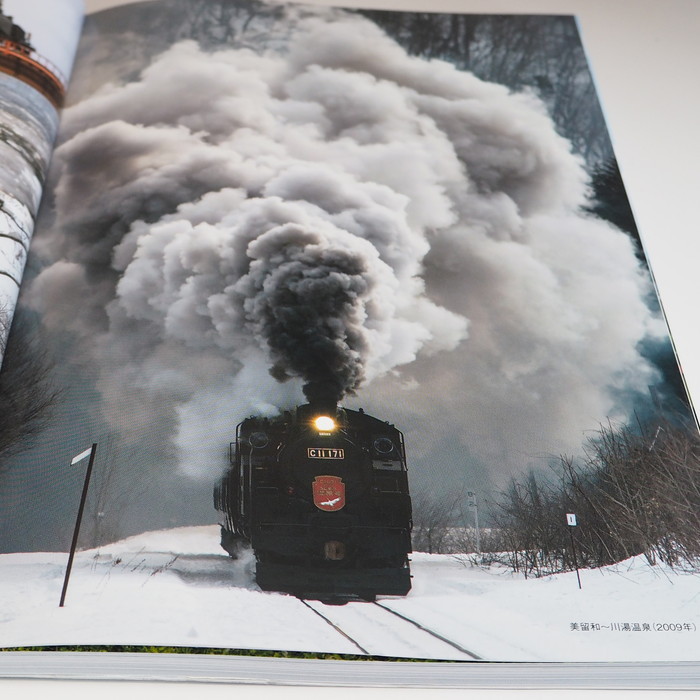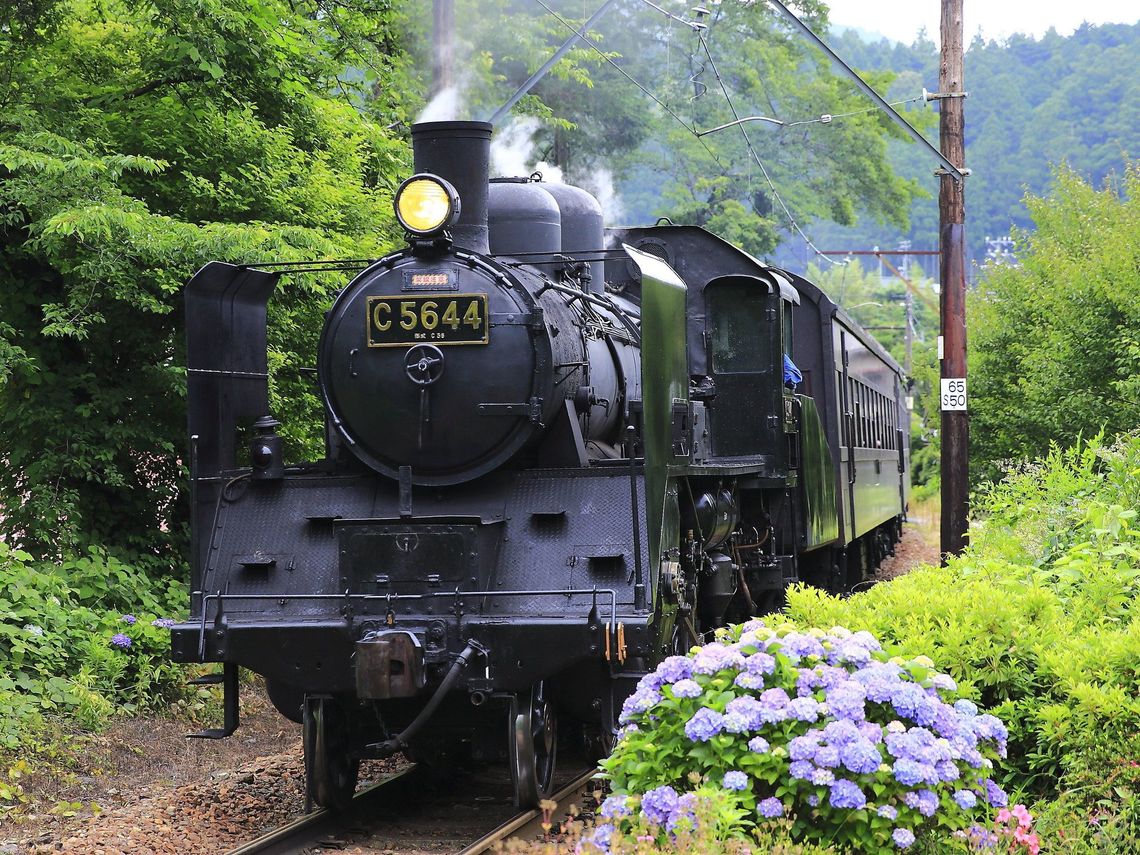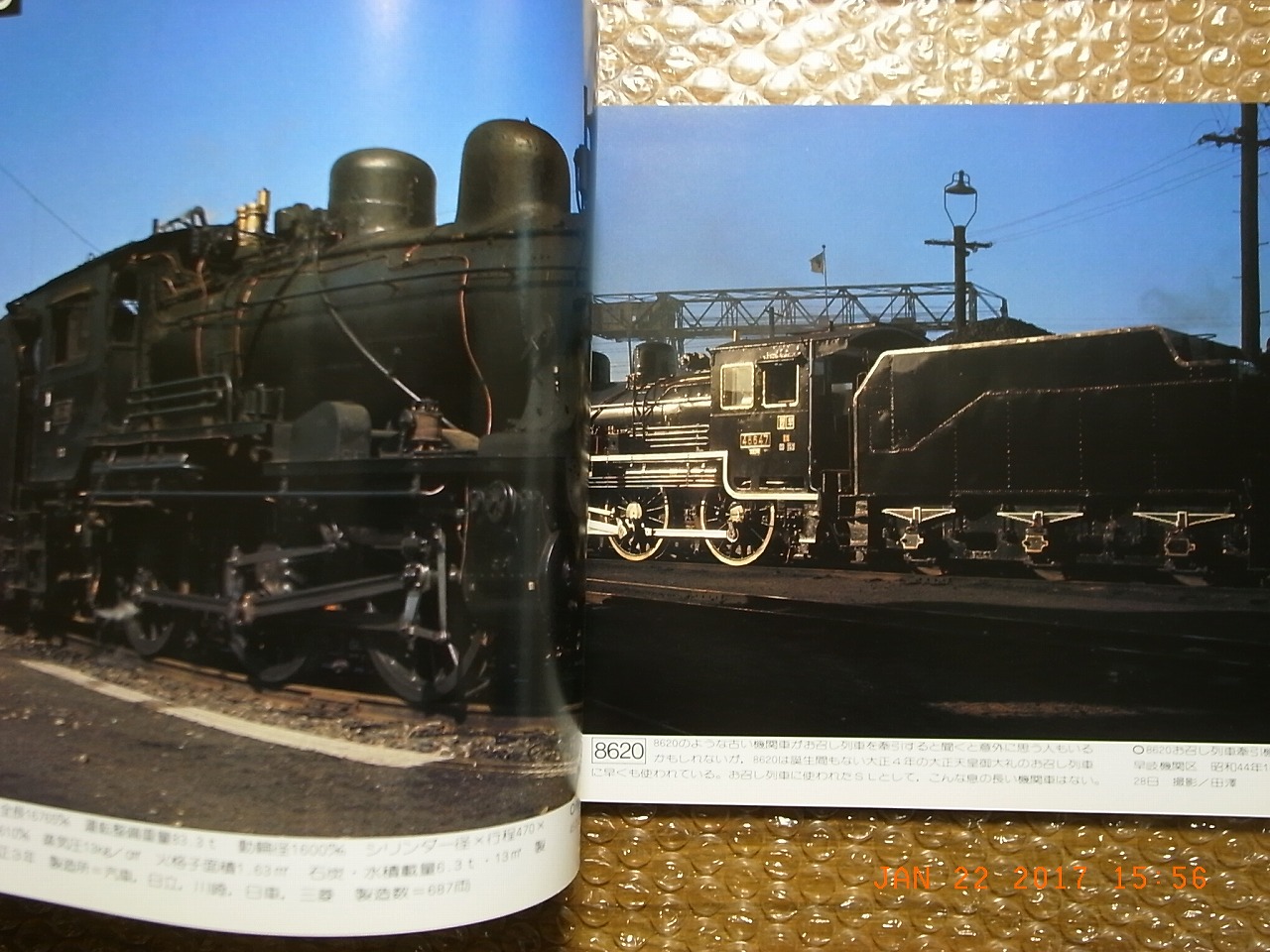

Located in northern Honshu, the Gono Line stretches from Akita Prefecture to Aomori and offers views of the Sea of Japan. The two Australians, who dress like train conductors when guiding their tours, admitted it was really tough to narrow it down to just 10 railways (they’ve even ridden every line in Hokkaido), so we’ve appended a list of more of their favorites at the end of the article.

From JR lines to small private rails, tourist trains to steam locomotives, let’s look at their picks for the top 10 train trips in Japan.Īs we go through their top ten recommendations (in no special order), Greg and Ken will also let us in on what train travel was like back in 1978, and tell us of some of their observations when discovering Japan track by track. These guys are living the train otaku dream, so when RocketNews24 started looking into Japan’s best, most scenic railways, we went straight to them for recommendations. Greg and Ken wanted to share their Japan rail experiences with others, so to achieve this goal they started Trainaway Tours out of Australia in 1998. The trip that I had nutted out from the timetable turned out well and I was hooked on Japan’s railway system,” says Ken. “I devised an itinerary…incorporating a variety of different trains. On one of Greg’s succeeding trips back to Japan, he asked his train aficionado friend Ken, who had seen a lot of Japan during a visit in 1967, to come along.

If you ever find yourself in the ‘Land of the Rising Sun’ and want to see one of these historic steam giants up close, you likely won’t have to travel too far thanks to the preservation efforts.Greg Cope and Ken Mitchell have been riding Japan’s railways for over 30 years. “When I first started to travel around Japan,” recalls Greg, “I was struck by the fact that Japan not only has one of the most efficient railway systems in the world, but they have myriad types of railways, from new to old, conservative design to outlandish.” (Photo: 100yen via CC by 3.0) Final ThoughtsĪlthough there are only a few Mikados from the class that still operate today, the impact of the class has been preserved throughout the country. #6 sits on display at a park in Hokkaido. Locomotiveĭisplayed outside city offices in Shiojiri, Hagano.ĭisplayed outside of an elementary school- Nagano Below is a list of some of the unusual locations where these locomotives ended up. In order to help preserve the history of these Mikados, many found static display homes in unusual locations, including zoos and ski resorts among others. (Photo: Rubber Soul via CC by 2.5) Unusual Static Display Locations Locomotiveĭ51 #745 greets visitors to the Minakami Station. These locomotives remind visitors on a daily basis of how rail travel has evolved over the last century. Several of these steam giants have been preserved and placed on static display outside or nearby operating train stations throughout the country. (Photo: Lerk via CC by 3.0) Static Displays at Train Stations National Museum of Nature and Science- TokyoĬoal and Fossils Museum- Iwaki, Fukushima Usui Pass Railway Heritage Museum- Annaka, Gunmaįunabashi Historical Museum- Funabashi, Chiba There are several preserved D51 locomotives that can be seen on static display at various museums throughout the country: Locomotive (Photo: Cheng-en Cheng via CC by 2.0) Museum Preserved D51s Runs on compressed air only.Īridagawa Railway Park, Wakayama. Tasaki Locomotive Shops (operated by West Japan Railway Company)

Kyoto Railway Museum (operated by West Japan Railway Company) SL Mooka Rail Museum- Shimodate, Tochigi. There are a total of five operational D51 Mikado steam locomotives in Japan: Locomotive Let’s look at where some of these notable locomotives are currently. Today, there are approximately 174 of these locomotives preserved in Japan. A total of 1164 locomotives featuring the D51 design were produced, including 49 that were for other countries. The term Mikado means ‘Emperor’ in Japanese and these locomotives quickly established their dominance on Japanese rails. Although the 2-8-2 “Mikado” type steam locomotive first made an appearance in Japan in the late 19th century, it wouldn’t be until 1936 that the Class D51 Mikado steam locomotive would hit the rails.


 0 kommentar(er)
0 kommentar(er)
